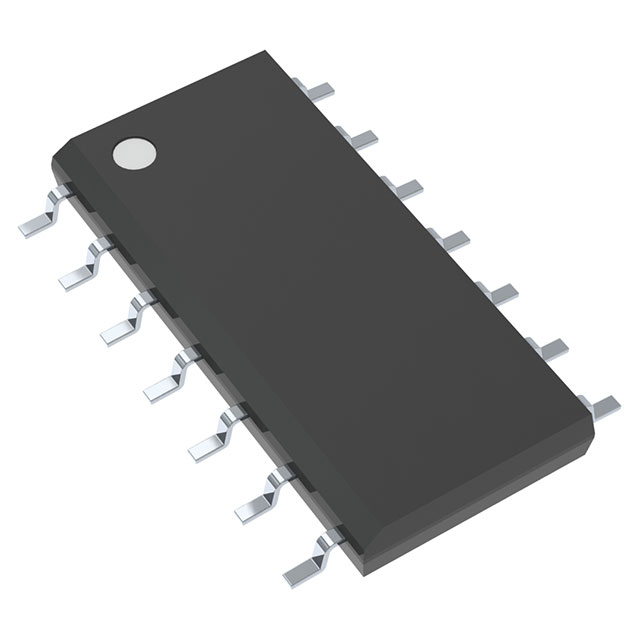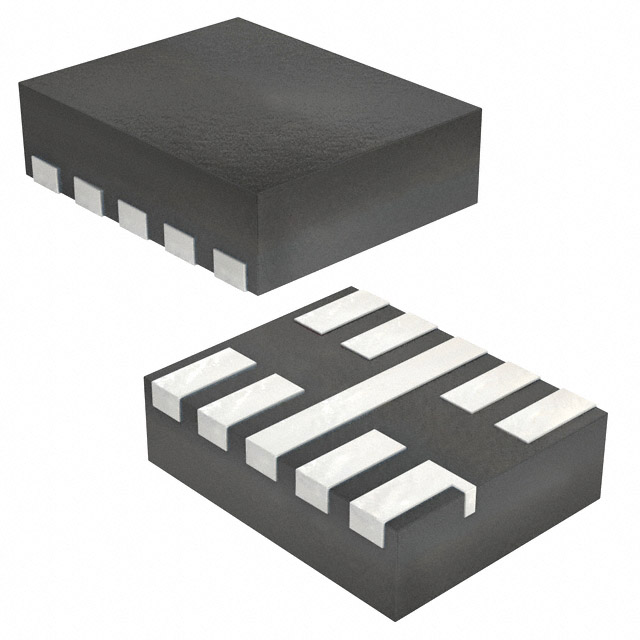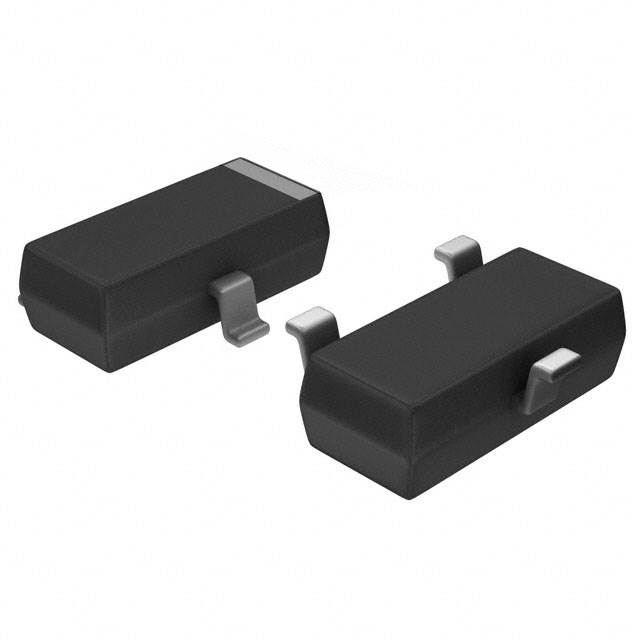- Online chat

MM74HC14MX
Brand:ONSEMI
Package:---
Category:Integrated Circuits (ICs)
D/C:within 3 years
MOQ:
Datasheet:---
In-Stock:9687
QUANTITY
Product Attributes
Mfr
onsemi
Series
74HC
Logic Type
Inverter
Number of Circuits
6
Number of Inputs
1
Features
Schmitt Trigger
Voltage - Supply
2V ~ 6V
Current - Quiescent (Max)
2 µA
Current - Output High, Low
5.2mA, 5.2mA
Input Logic Level - Low
0.3V ~ 1.2V
Input Logic Level - High
1.5V ~ 4.2V
Max Propagation Delay @ V, Max CL
21ns @ 6V, 50pF
Operating Temperature
-55°C ~ 125°C
Mounting Type
Surface Mount
Product Description
The MM74HC14MX is a hex inverting Schmitt trigger chip. Here is its English introduction:
General Introduction
The MM74HC14MX belongs to the 74HC logic family and is designed with advanced silicon-gate CMOS technology. It combines the low power consumption and high noise immunity characteristics of standard CMOS and has the ability to drive 10 LS-TTL loads.
Features
- Logic Function: It consists of six inverting Schmitt trigger circuits. The Schmitt trigger input can convert slowly changing input signals into clear and jitter-free output signals, which is useful for waveform shaping and signal stabilization5.
- Power Supply Range: It has a wide power supply voltage range of 2V to 6V, which can adapt to different power supply environments.
- Low Power Consumption: The quiescent current is low, with a maximum of 20 μA in the 74HC series, helping to reduce overall power consumption.
- Low Input Current: The maximum input current is 1 μA, which means it has little impact on the driving source and is beneficial for signal transmission and processing.
- High Fanout Capability: It can drive 10 LS-TTL loads, having strong driving ability and being able to meet the needs of different circuit connection requirements.
- Typical Hysteresis Voltage: At VCC = 4.5V, the typical hysteresis voltage is 0.9V, which can effectively improve the anti-interference ability of the circuit.
- Fast Propagation Speed: The typical propagation delay is 13 ns, which can realize high-speed signal processing and transmission and improve the operating efficiency of the circuit.
- ESD Protection: Internal diodes are clamped to VCC and ground to protect all inputs from ESD damage, enhancing the reliability and stability of the device.
Package and Pinout
- Package Type: It is usually packaged in 14-lead small outline integrated circuit (SOIC) format, which is suitable for surface mount technology and can save PCB space3.
- Pinout: It has 14 pins, including 6 input pins, 6 output pins, power supply pins and ground pins.
Applications
- Waveform and Pulse Shaping: It can convert signals with irregular waveforms into standard square waves, which is widely used in clock signal generation, data transmission and other circuits.
- Multivibrator Circuits: It can be used to build astable and monostable multivibrator circuits to generate specific frequency pulses or time delays.
- Logic Signal Conversion: In digital logic circuits, it can convert signals between different logic levels and play a role in buffering and inverting signals.
You may also be interested in the following products

正品保证
genuine product guarantee

一站式采购
one-stop shopping

海量现货
Large spot inventory





